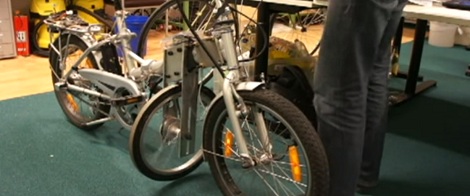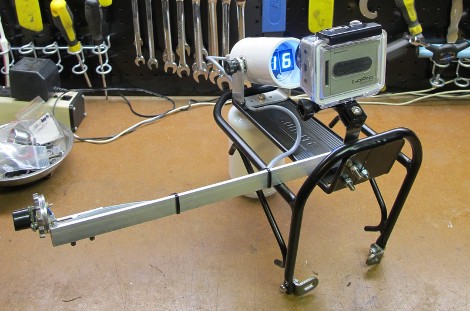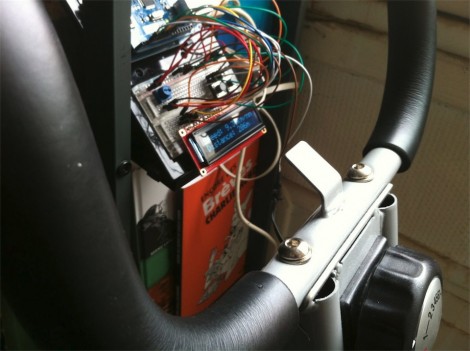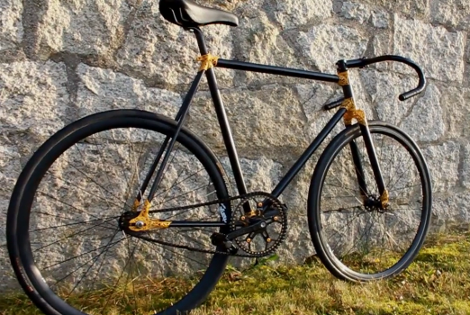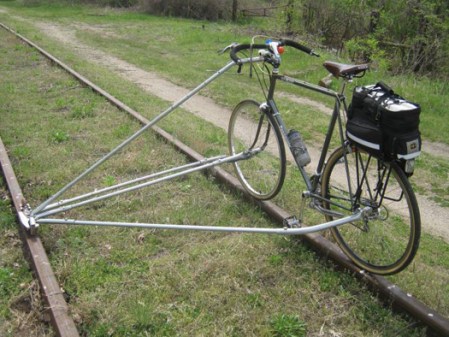
There is a long tradition of hacking transportation to work on the rails. People have done it to all kinds of things for many reasons. Some are for rail maintenance, others are simply to enjoy the tracks. With as much unused railways as we have, it seems a shame to waste them. This hack turns a bicycle into into a rail bike with the use of some conduit, a cut up razor scooter, and a fork from another bike. After some tinkering with spacing to make the whole thing a little smoother on the rails, the whole thing seemed like a success. That is, until the front rail guide caught a railway tie and the rider was tossed. Not only that, the impact destroyed his bike frame.
So, does this wreck mark this as a failure? Or is this simply another step in the iterative process we all tend to use. The only difference is if he carries on to build another.



